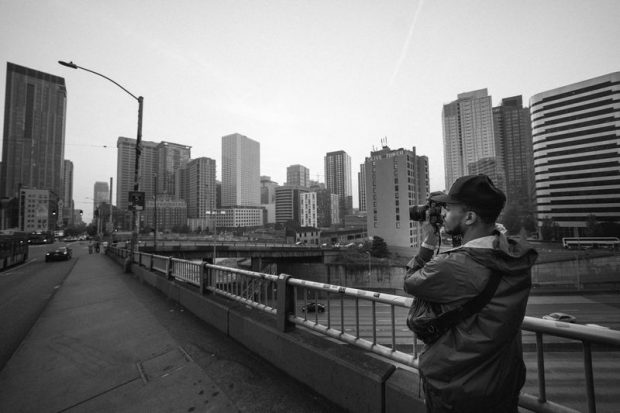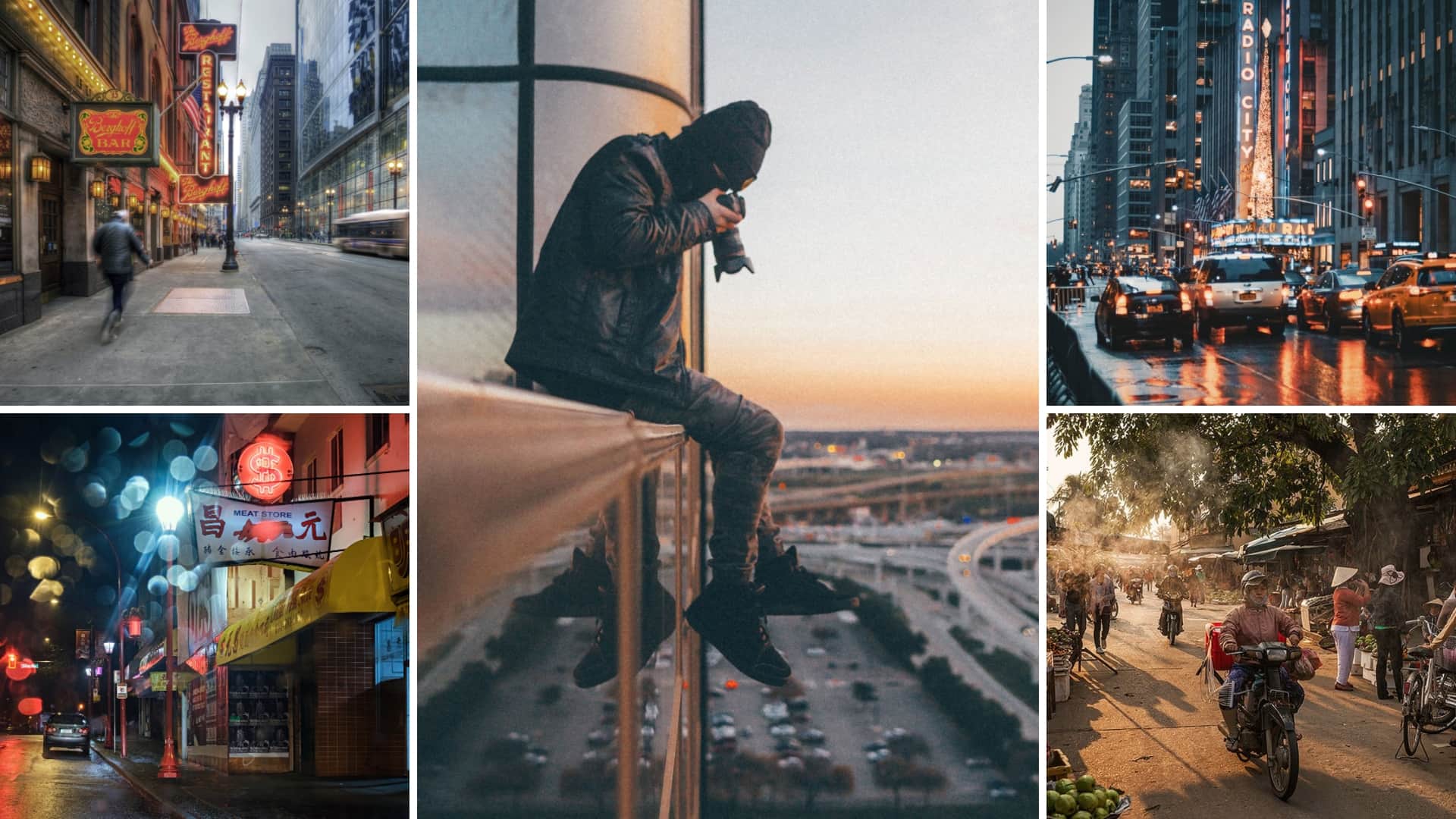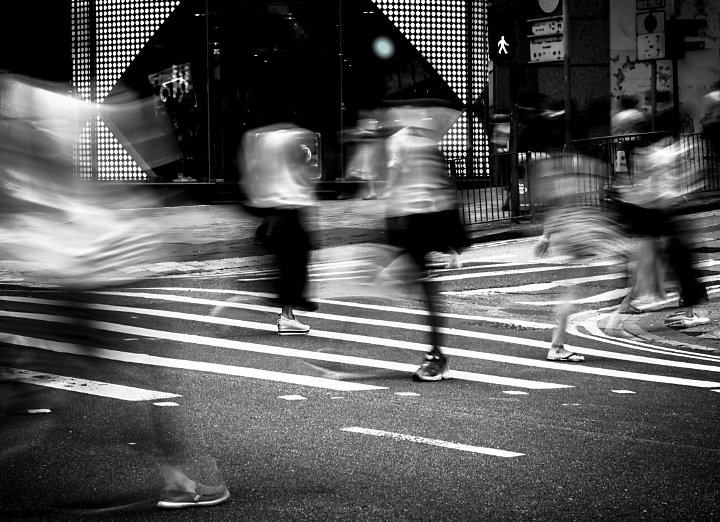The Framing Streets Statements
What Does Framing Streets Mean?
Table of ContentsFraming Streets Fundamentals ExplainedIndicators on Framing Streets You Need To KnowThe 8-Minute Rule for Framing StreetsAbout Framing StreetsFraming Streets Fundamentals ExplainedThe Only Guide for Framing Streets
Digital photography category "Crufts Canine Show 1968" by Tony Ray-Jones Road photography (additionally often called candid digital photography) is digital photography performed for art or inquiry that includes unmediated possibility encounters and random cases within public areas, normally with the purpose of recording images at a decisive or emotional minute by mindful framing and timing. 
His boots and legs were well specified, yet he is without body or head, due to the fact that these were in activity." Charles Ngre, waterseller Charles Ngre. https://www.dreamstime.com/davidturley33101_info was the first photographer to achieve the technological class called for to register individuals in activity on the road in Paris in 1851. Photographer John Thomson, a Scotsman dealing with journalist and social lobbyist Adolphe Smith, released Road Life in London in twelve month-to-month installments starting in February 1877
Our Framing Streets PDFs
Eugene Atget is regarded as a progenitor, not due to the fact that he was the first of his kind, yet as an outcome of the popularisation in the late 1920s of his document of Parisian roads by Berenice Abbott, that was influenced to embark on a comparable documentation of New York City. [] As the city established, Atget helped to promote Parisian streets as a worthwhile topic for digital photography.

A Biased View of Framing Streets
In between 1946 and 1957 Le Groupe des XV each year showed work of this kind. Andre Kertesz. Circus, Budapest, 19 May 1920 Road photography created the major material of 2 exhibitions at the Gallery of Modern Art (Mo, MA) in New york city curated by Edward Steichen, 5 French Photographers: Brassai; Cartier-Bresson, Doisneau, Ronis, Izis in 1951 to 1952, and Post-war European Digital Photography in 1953, which exported the concept of road digital photography worldwide.

The Facts About Framing Streets Uncovered
The recording device was 'a covert video camera', a 35 mm Contax concealed under his coat, that was 'strapped to the upper body and connected to a long wire strung down the ideal sleeve'. His job had little contemporary impact as due to Evans' sensitivities about the creativity of his job and the privacy of his topics, it was not released up until 1966, in the about his book Numerous Are Called, with an introduction written by James Agee in 1940.
Helen Levitt, after that an educator of little ones, connected with Evans in 193839. She documented the temporal chalk illustrations - Street photography hashtags that were component of youngsters's street culture in New York at the time, along with the youngsters who made them. In July 1939, Mo, MA's brand-new photography section consisted of Levitt's work in its inaugural exhibitRobert Frank's 1958 publication,, was significant; raw and usually indistinct, Frank's images questioned traditional photography of the moment, "tested all the formal regulations laid down by Henri Cartier-Bresson and Walker Evans" and "flew in the face of the wholesome pictorialism and genuine photojournalism of American publications like LIFE and Time".